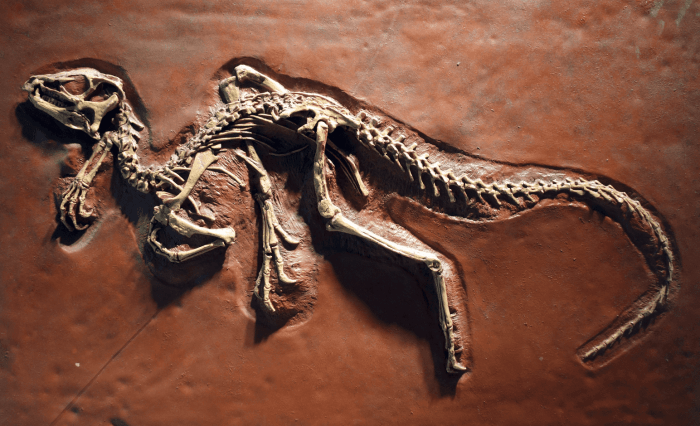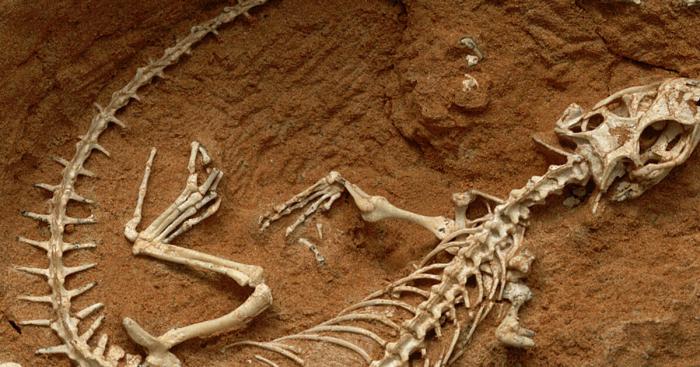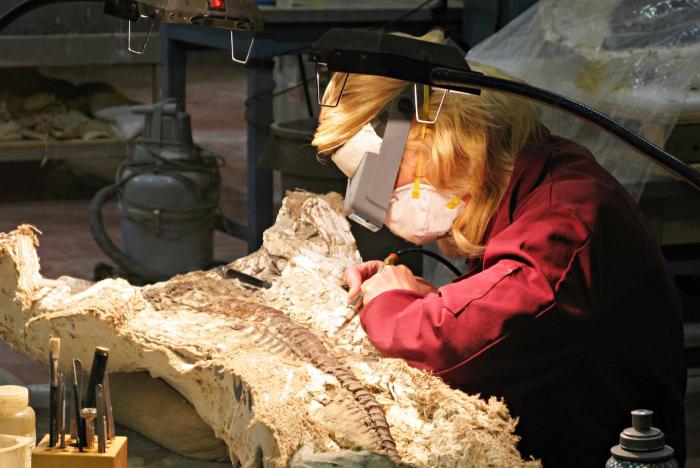What subspecialty of earth science studies ancient environments – Paleoenvironmental science, a captivating subspecialty of Earth science, embarks on an extraordinary journey to decipher the enigmas of ancient environments. Through meticulous exploration of geological, paleontological, and geochemical archives, it unveils the intricate tapestry of Earth’s bygone eras, shaping our comprehension of its profound history and guiding our path towards a sustainable future.
Harnessing an array of sophisticated methods and techniques, paleoenvironmental scientists meticulously reconstruct past climates, ecosystems, and landscapes. They delve into the depths of sedimentary sequences, decipher the whispers of fossils, and unravel the chemical signatures preserved within rocks to piece together a comprehensive narrative of Earth’s dynamic past.
Subspecialty of Earth Science that Studies Ancient Environments

The subspecialty of Earth science that focuses on studying ancient environments is known as paleoenvironmental science. It seeks to understand past environments, ecosystems, and climates through the analysis of geological, paleontological, and geochemical data.
The scope of paleoenvironmental science encompasses a wide range of topics, including:
- Reconstruction of past climates
- Analysis of ancient ecosystems
- Study of past sea levels
- Investigation of past volcanic and tectonic events
- Assessment of the impact of past human activities on the environment
Methods and Techniques Used
Paleoenvironmental scientists employ a variety of methods and techniques to study ancient environments, including:
- Geological methods:These include the study of sedimentary rocks, fossils, and landforms to infer past environmental conditions.
- Paleontological methods:These involve the study of fossils to reconstruct past ecosystems and climates.
- Geochemical methods:These involve the analysis of chemical signatures in rocks, sediments, and fossils to determine past environmental conditions.
Key Concepts and Theories
The study of ancient environments is guided by several key concepts and theories, including:
- The principle of uniformitarianism:This principle states that the geological processes that operate today are the same as those that have operated in the past.
- The theory of plate tectonics:This theory explains the movement of the Earth’s tectonic plates and its impact on past climates and environments.
- The theory of evolution:This theory provides a framework for understanding the evolution of life and the impact of environmental changes on species.
Applications and Importance
Studying ancient environments has numerous practical applications, including:
- Climate change research:Paleoenvironmental data can provide valuable insights into past climate changes and help scientists predict future climate trends.
- Natural resource exploration:Paleoenvironmental studies can help identify areas with potential for oil, gas, and mineral deposits.
- Environmental management:Paleoenvironmental data can inform environmental management decisions by providing a baseline for understanding natural ecosystem dynamics.
- Education and outreach:Paleoenvironmental science can help educate the public about the history of the Earth and the importance of environmental conservation.
Examples of Research Findings, What subspecialty of earth science studies ancient environments
Significant research findings in paleoenvironmental science include:
- The discovery of evidence for multiple ice ages during the Earth’s history
- The reconstruction of past climates based on the analysis of tree rings and ice cores
- The identification of past volcanic eruptions and their impact on global climate
- The documentation of the evolution of life and ecosystems over time
- The assessment of the impact of human activities on the environment
Challenges and Future Directions
The study of ancient environments faces several challenges, including:
- Incomplete and fragmented data:The geological record is often incomplete, making it difficult to reconstruct past environments in detail.
- Interpretation challenges:Interpreting paleoenvironmental data can be complex and subject to different interpretations.
- Climate change:Climate change is rapidly altering modern environments, making it difficult to distinguish between natural and human-induced changes.
Future research directions in paleoenvironmental science include:
- Improving data collection and analysis techniques
- Developing new models for reconstructing past environments
- Investigating the impact of climate change on past and present environments
- Exploring the role of humans in shaping past and present environments
Top FAQs: What Subspecialty Of Earth Science Studies Ancient Environments
What are the primary methods used in paleoenvironmental science?
Paleoenvironmental scientists employ a diverse range of methods, including geological analysis of sedimentary sequences, paleontological examination of fossils, and geochemical analysis of rock samples.
How does paleoenvironmental science contribute to our understanding of climate change?
By studying ancient climates, paleoenvironmental science provides invaluable insights into the natural variability of Earth’s climate system, helping us to better understand and predict future climate trends.
What are some of the key challenges in paleoenvironmental research?
Paleoenvironmental scientists face challenges related to the fragmentary nature of the geological record, the complex interplay of environmental factors, and the need for interdisciplinary collaboration.

